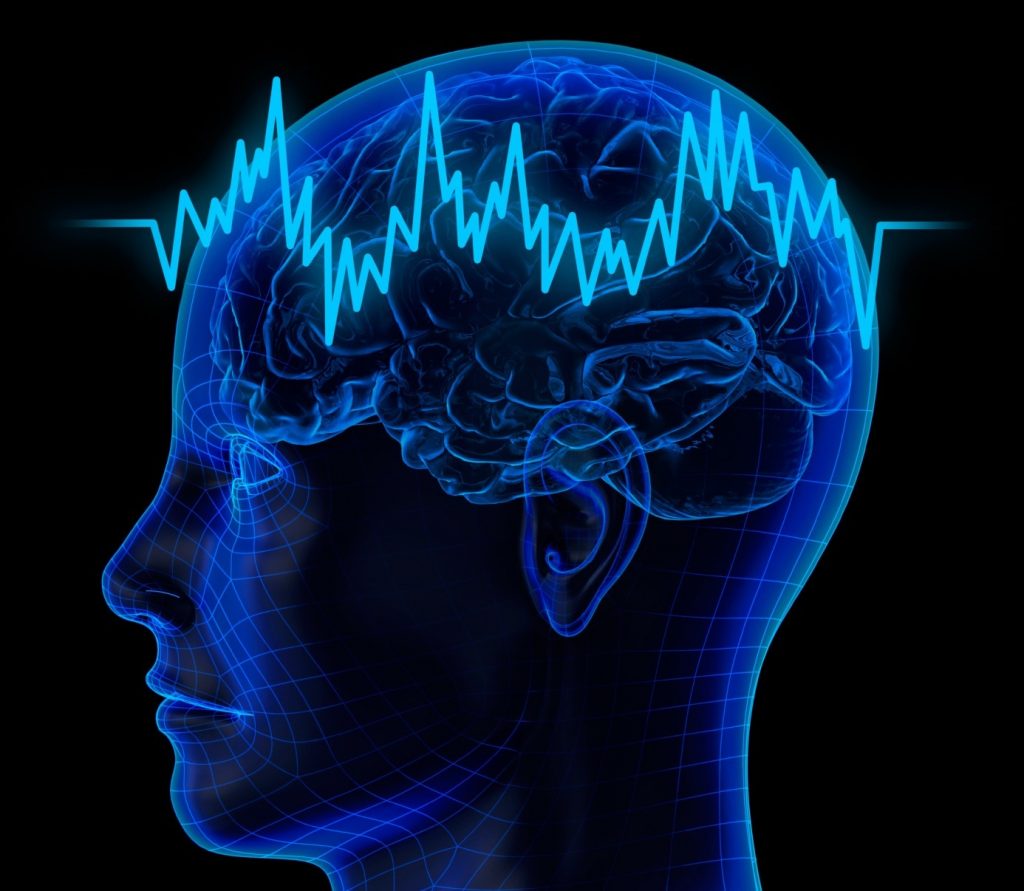Researchers at the Lieber Group of Harvard University, University of Surrey and Yonsei University, have developed tiny scalable nanoprobes that can record the activity of individual human cardiac cells and primary neurons, thus opening new directions in the development of human-machine interfaces.
By “reading” the electrical activity of individual cells, the small probes have important applications in areas such as brain activity mapping, neural and biomedical prosthetics, and various others.
Dr Yunlong Zhao from the ATI at the University of Surrey said: “If our medical professionals are to continue to understand our physical condition better and help us live longer, it is important that we continue to push the boundaries of modern science in order to give them the best possible tools to do their jobs. For this to be possible, an intersection between humans and machines is inevitable.”
“Our ultra-small, flexible, nanowire probes could be a very powerful tool as they can measure intracellular signals with amplitudes comparable with those measured with patch clamp techniques; with the advantage of the device being scalable, it causes less discomfort and no fatal damage to the cell (cytosol dilation). Through this work, we found clear evidence for how both size and curvature affect device internalisation and intracellular recording signal.”
Medicine & Cyborgs
The discovery also provides an efficient solution to an important challenge in biomedical technologies: scalable intracellurar recording – and, just as importantly, could open up new ways to explore the development of cyborgs.
Professor Charles Lieber from the Department of Chemistry and Chemical Biology at Harvard University explained: “This work represents a major step towards tackling the general problem of integrating ‘synthesised’ nanoscale building blocks into chip and wafer scale arrays, and thereby allowing us to address the long-standing challenge of scalable intracellular recording.
“The beauty of science to many, ourselves included, is having such challenges to drive hypotheses and future work. In the longer term, we see these probe developments adding to our capabilities that ultimately drive advanced high-resolution brain-machine interfaces and perhaps eventually bringing cyborgs to reality.”, he continued.
